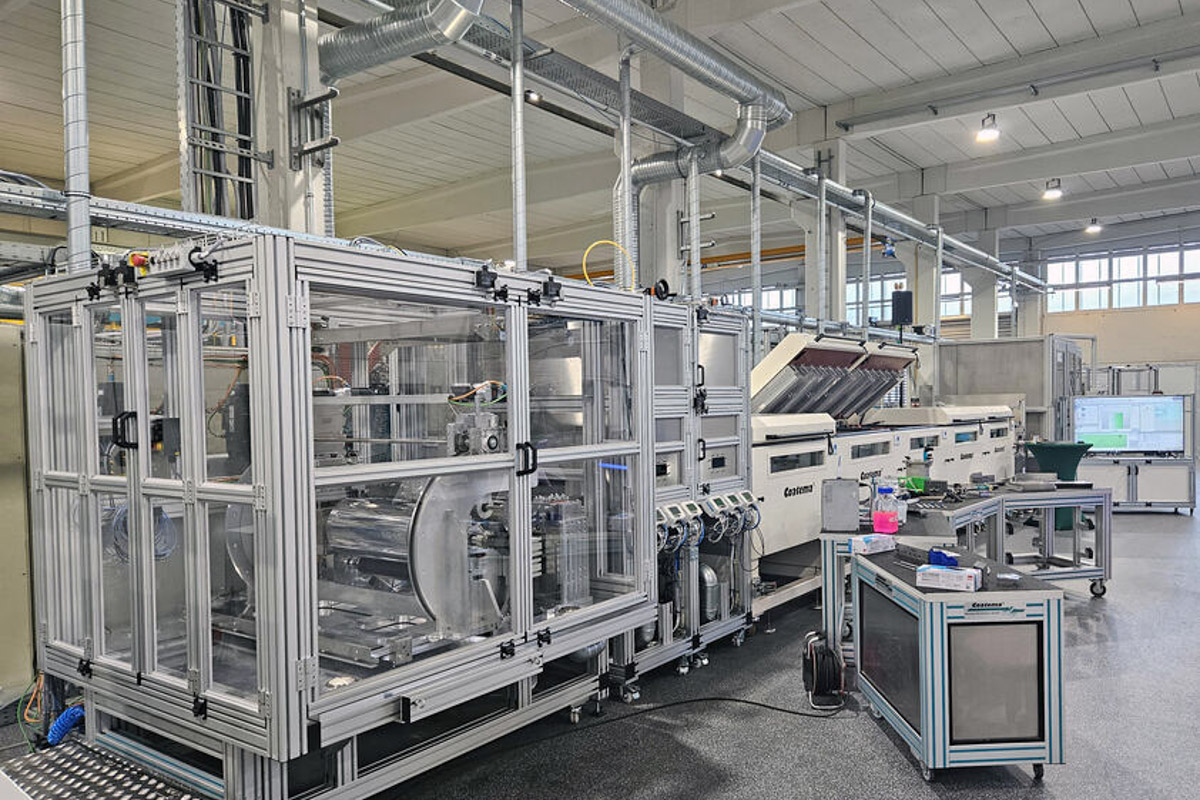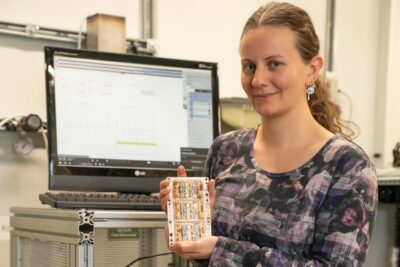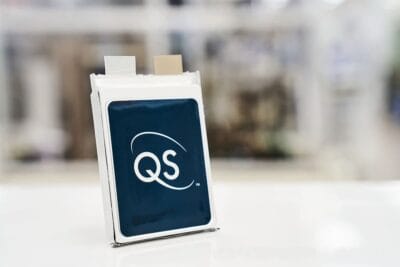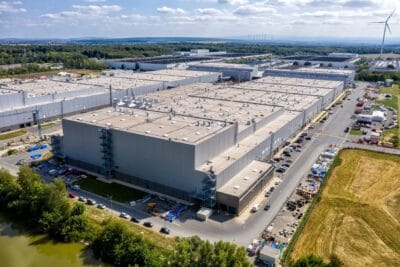German researchers demonstrate laser-based drying process of electrodes
We already reported on the interim results of the IDEEL project last April. As part of the project, researchers working with the Chair of Production Engineering of E-Mobility Components (PEM) at RWTH Aachen University have developed a method for drying LFP cathodes and graphite anodes using a laser process – which is faster and more efficient than current methods.
“Electrode drying using the roll-to-roll process has been one of the most energy-, cost- and CO2-intensive processes in the production of lithium-ion batteries to date,” says PEM Director Professor Achim Kampker. That is because, until now, electrodes have to pass through huge continuous furnaces, often gas-fired, after coating. These ovens and coating systems are located in large clean rooms, which also require a lot of energy for air conditioning. This step in the process, which follows wet coating, is responsible for a large portion of the energy demand in battery production – and thus also for high costs.
In the current announcement, the PEM literally speaks of a “breakthrough” in laser drying in battery production. As part of the IDEEL project, a combined drying process has been developed: first, the material is ‘predried’ with high-power diode lasers before it goes into a customised, smaller oven.
The hybrid system has been scaled up to a web speed of 30 metres per minute for the first time.“The laser booster at the start of the process cuts the required furnace length in half, saving valuable process space, significantly reducing the need for energy-intensive drying rooms, and lowering operating costs by 20 to 30 per cent overall,” says PEM Management Member Professor Heiner Heimes. The new approach allows for more economical and climate-friendly processes, which significantly improves the overall economic and ecological balance of battery production.
For the new drying process, new anode and cathode coatings with aqueous formulations based on graphite, lithium iron phosphate and silicon graphite had to be developed in advance. However, both the new formulations and the combined laser-oven process should not “have any disadvantages in terms of process results.” The next step is to incorporate the process into the work of the Fraunhofer FFB in Münster, Germany.
PEM head Achim Kampker does not expect any fundamentally new problems with the further upscaling of laser drying. “Despite the increased throughput rate, the quality is at least equivalent in terms of adhesion, residual moisture, electrical conductivity, and electrochemical properties,” says Kampker. ”The suitability for industrial use has therefore been fully demonstrated.”
The project “Implementation of Laser Drying Processes for Economical & Ecological Lithium-Ion Battery Production” (IDEEL) involved not only the PEM, but also the Fraunhofer Research Factory for Battery Cells FFB, the ‘Münster Electrochemical Energy Technology’ (MEET) centre at the University of Münster and the Fraunhofer Institute for Laser Technology (ILT), as well as the companies Laserline, COATEMA Coating Machinery and Optris.





0 Comments